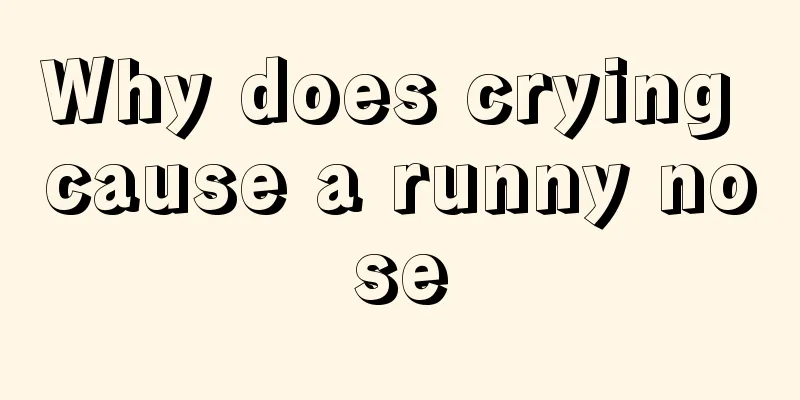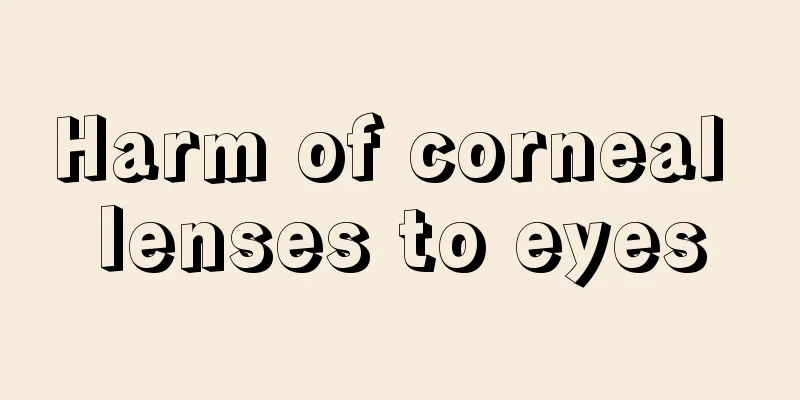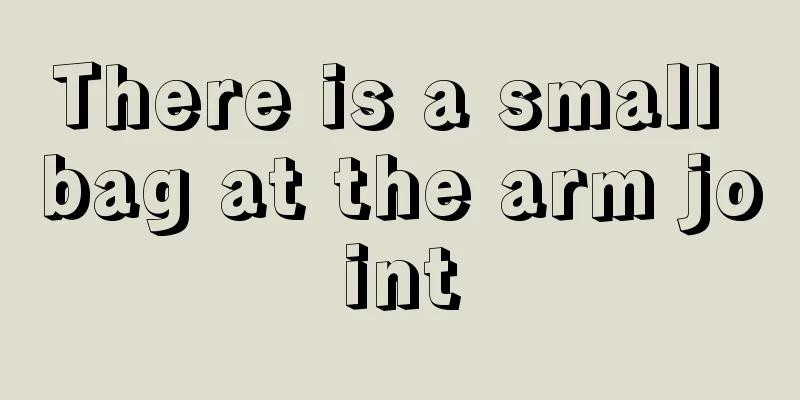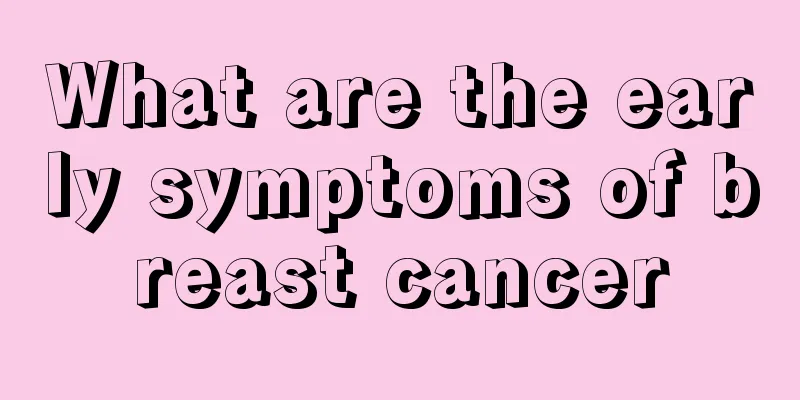What is the Acupoint Thread Embedding Method for Weight Loss?
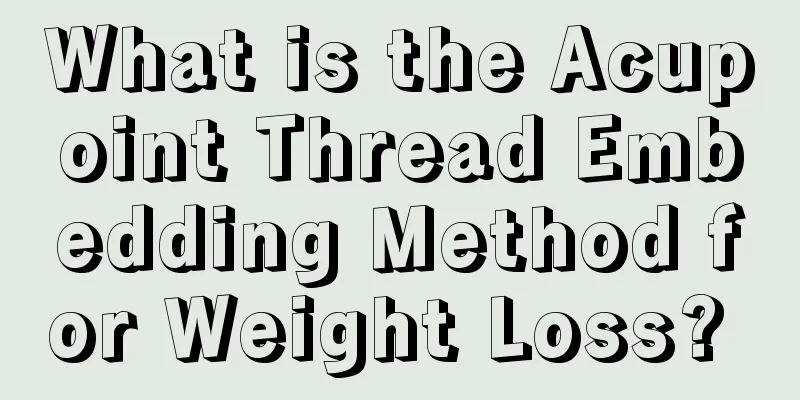
|
As people's living standards improve, the number of obese patients is increasing. Obesity is not a good thing, so losing weight has become the primary consideration for obese patients. There are many ways to lose weight, such as dieting, exercising, liposuction, etc. Acupoint thread embedding is also a method of weight loss. It is an evolved version of acupuncture weight loss. Let's take a look at its specific principles and practices. principle Thread embedding for weight loss is an extension and development of acupuncture for weight loss and is a modified form of acupuncture. It uses a thread embedding device to implant protein magnetized wires into the corresponding acupuncture points, and the wire body produces a sustained and effective stimulation to the acupuncture points (the wire is naturally dissolved and absorbed in the body within 10 days to 3 months) to achieve the purpose of weight loss. This method requires thread embedding once every 15 days or so, saving obese patients the trouble and pain of having a needle every day. It is the preferred weight loss method for busy modern people. Acupoint thread embedding for weight loss is based on the individual differences of patients, different symptoms, and different obesity mechanisms. It conducts reasonable and effective syndrome differentiation and selection of acupoints, and embeds protein magnetized wires and surgical catgut (threads instead of needles, long-lasting needle sensation) into the corresponding acupoints to achieve the effects of "strengthening the spleen and replenishing qi, unblocking the meridians, warming the middle and dispersing cold, and harmonizing yin and yang, qi and blood", thereby adjusting the patient's autonomic nervous and endocrine functions. Implant materials The embedded thread therapy uses materials to implant into acupuncture points to create long-term stimulation similar to the "leaving needle" in acupuncture (producing a long-lasting needle sensation) to achieve effective treatment of diseases, which requires suitable stimulation materials. When thread embedment therapy appeared in the 1960s, there were relatively few implant materials to choose from, so autologous tissue, animal tissue, and catgut were mostly used. Although these materials are readily available, they are unhygienic in application, prone to infection, and inconvenient to use. The development of modern biomedical materials has provided a large number of materials that can be used for implantation in vivo. These materials can retain the appropriate stimulation time and produce appropriate stimulation intensity in the body. After surface functionalization, they can also enhance safety and play a better therapeutic role. Polylactic acid-glycolic acid PLGA (medical collagen) is the most commonly used biomedical material. After rigorous processing, its biological characteristics can be fully used as a new generation of thread embedding weight loss material. Taboo Acupoint thread embedding for weight loss requires syndrome differentiation and selection of acupoints based on individual differences of the dieter and the cause of obesity, and then the magnetized protein wire (also known as "biological protein wire", which is the medical "catgut" used to suture wounds during surgery) is implanted into the corresponding acupoints using a thread embedding device. These threads "buried" in the body will be naturally dissolved and absorbed by the human body within 15 days to 3 months. They can dredge the human meridians, harmonize Qi and blood, improve autonomic nervous system dysfunction and endocrine disorders, inhibit gastrointestinal digestion and absorption and hyperactivity of appetite in obese people, thereby reducing calorie intake. At the same time, they stimulate and activate the sluggish autonomic nervous system of obese people, promote the decomposition and consumption of body fat, and achieve the goal of weight loss. Acupoint thread embedding also has certain therapeutic effects on insomnia, forgetfulness, fatigue, soreness of waist and knees, irregular menstruation and dysmenorrhea. Nursing After thread embedding for weight loss, in order to prevent infection, the acupoints where the threads have been embedded must not come into contact with water. You cannot take a bath on the first day, and you can only take a bath on the second day. After taking a bath, you can remove the covering tape. 1. It will be quite painful in the first two or three days, and the degree will vary depending on the individual. Pay attention to rest and the pain will be relieved soon. 2. If you have diarrhea several times, it means your body is eliminating toxins. Do not take antidiarrheal medicine. 3. If there are bruises on the thread embedding site a few days later, it is because the small capillaries bleed and cause subcutaneous hemorrhage during the thread embedding. Don't be nervous, it will be absorbed and dissipated on its own after one or two weeks. Hot compress can speed up the absorption. 4. You may have a low fever after thread embedding, but it will go away in a day or two and no medication is needed. 5. Some mild allergies may cause a small red rash. You can take Astemizole or leave it alone and it will heal on its own. |
<<: How to get rid of cold and dampness in the body? Five steps to get quick results
>>: What kind of people and ways of eating Dong'e Ejiao Syrup are suitable for?
Recommend
What should I do if I haven't gotten pregnant after taking folic acid for three months?
Many female friends actually have a very hard tim...
What are the differences between silicone and expanded polytetrafluoroethylene?
Everyone has heard of silicone. Silicone is also ...
What to do if your hands itch after eating yam
Yam is a very good food ingredient with high nutr...
Advantages of Traditional Chinese Medicine in Treating Melanoma
Melanoma is a disease that needs to be treated ea...
Who can't eat apricots
Apricot is a common fruit. Many people like to ea...
Analysis of nursing measures and dietary precautions for pancreatic tumors
Pancreatic tumor is a common malignant tumor dise...
What should be paid attention to after radiotherapy for nasopharyngeal carcinoma? How to prolong life after radiotherapy?
What should we pay attention to after radiotherap...
Is separation of both renal pelvises hereditary?
Bilateral renal pelvic separation can be said to ...
What does the concave lower back of a girl mean
Girls have dimples on their lower back, which is ...
The causes of right rib pain are actually these
There are many organs under the right ribs, such ...
Does it make sense that starvation can cure all diseases?
As the saying goes, hunger can cure all diseases,...
The probability of inheritance of high myopia
Myopia not only affects our ability to see things...
Can stomach cancer be cured? The effect of treatment is related to the time of treatment
Gastric cancer is familiar to everyone. It is one...
What is the reason for memory loss in teenagers
You often hear some people say that they don’t kn...
What are the symptoms of breast cancer recurrence
Breast cancer recurrence can seriously trouble br...





